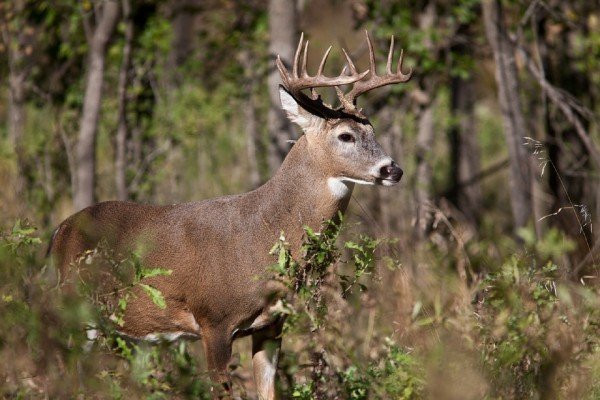The fall deer hunting season may seem a long way off, but now is the time to get out in the field to begin scouting whitetailed deer.
Successful whitetailed deer hunting is all about preparation. Without doing the footwork, long before the season starts, you are leaving your success in the hands of chance.
When the deer hunting season opens this fall, you want to know where the best bucks are located so you can significantly increase your odds for a successful hunt. Here are six key tips to summer scouting for whitetailed deer
Map strategy
The first step in scouting, especially if you will be hunting a new area, is to obtain an aerial photo map of the property.
Examine the map and locate possible bedding areas, trails and feeding areas. Mark the most promising destinations on the map and begin your scouting there. Typically, 10-12 locations represent a good starting point.
Out in the field
Once you have locations marked on the map, your next task is to get out in the field and begin visually examining these areas. This will help you whittle down the number of locations on your map.
Do you see any deer or signs of deer activity? If so, circle these areas on your map and pick the most promising for your scouting activity.
Trail cameras
One of the best tools in scouting deer is the trail camera. It can record hours upon hours of data that will help you locate deer in the area you will be hunting.
The best points to place your cameras are along trails, but feeding areas are also good. This will help you determine where deer are traveling and what deer are present in the area.
Blinds
While trail cameras are invaluable tools in scouting, sometimes there is nothing better than visual scouting of an area.
One of the most effective ways to visually scout deer is to set up a blind. The blind allows you to closely watch deer activity, without fear of being detected.
Visit the blind at the same times you will be hunting. Bring a notebook to record information on the deer that are present and their movements.
Spotting scopes
Another valuable tool in scouting is the spotting scope. While blinds and trail cameras can provide important information on specific locations in the area you will be hunting, a spotting scope offers a broader picture of the property, because it allows you to see hundreds of yards away.
Set up on a high point at the area you will be hunting. Methodically scan everything around you for deer activity. Take detailed notes on the activity you see and use that data to determine areas for closer scouting activity.
Hunting locations
While scouting provides important information on deer and their activity in a given area, it also offers hunters key information on where to hunt.
Once you have gathered the information on the top locations to hunt, you can determine the best locations for setting up your stand, so you have the ideal vantage point for the hunt. This information can be invaluable to your success this fall.
Photo credit: Pixabay
Deer
-
Let's go surfin' dude!
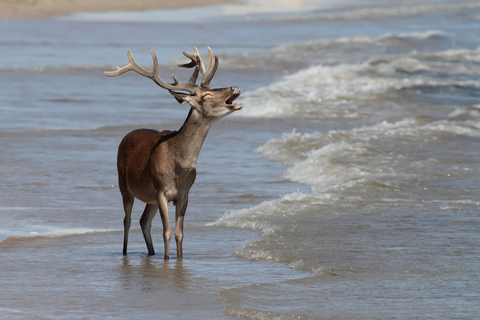
-
Beautiful whitetail deer
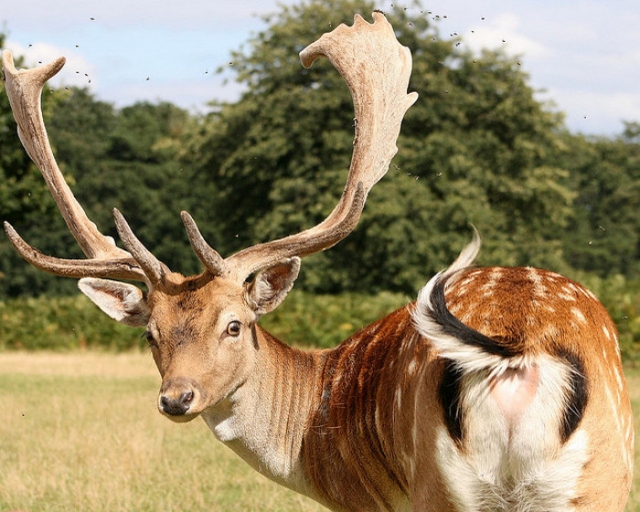
-
Do these stripes look like targets?
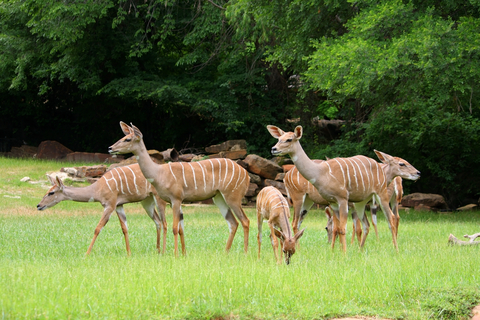
-
Deer down
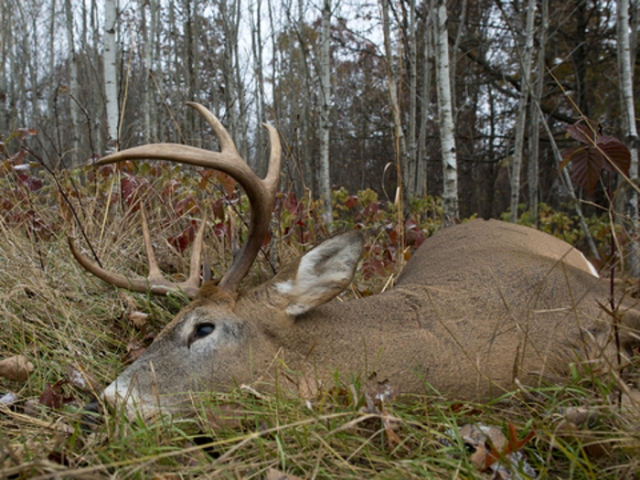
-
Maybe this rock will provide cover.

-
Hey little guy.

-
I'm a pretty boy.
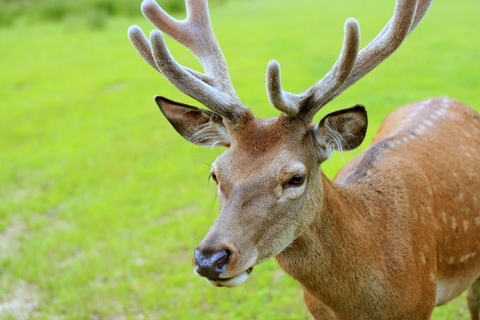
-
Do my ears look big to you?
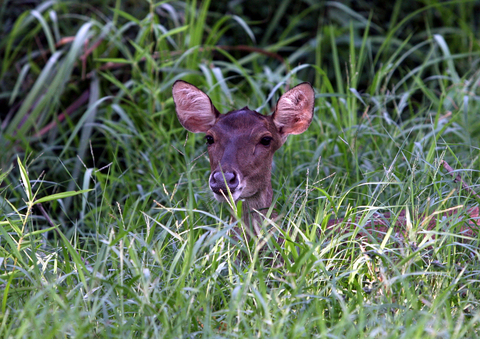
-
The perfect shot

-
I'm just going to learn to like this stuff.
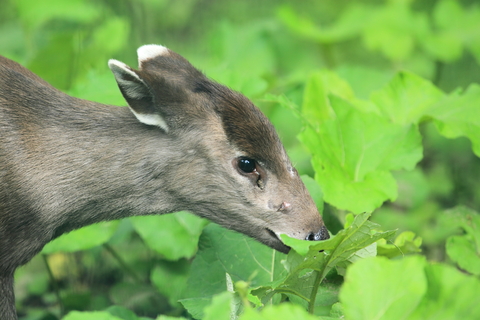
-
A rare albino deer
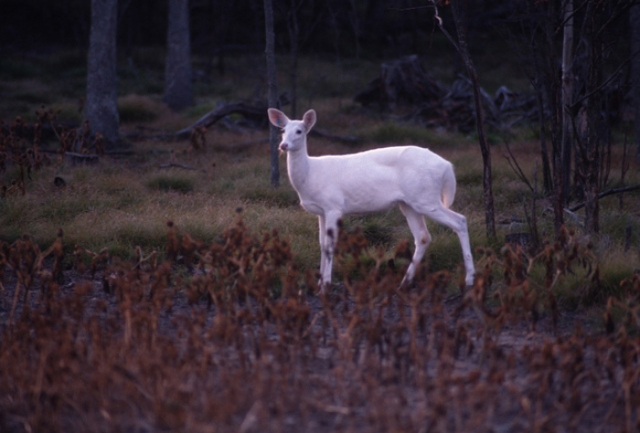
-
Blacktail deer in dry grass
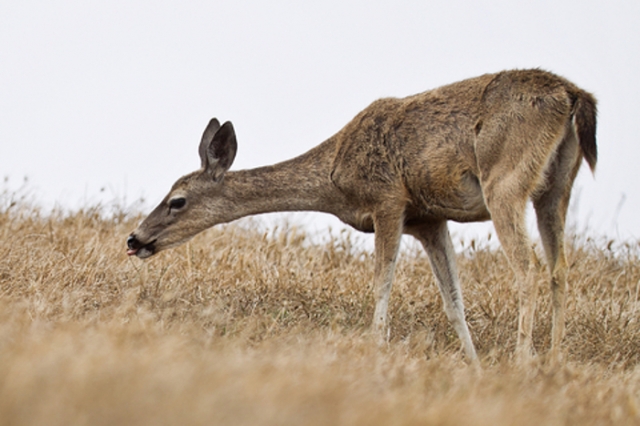
-
Blacktail deer on lush hillside
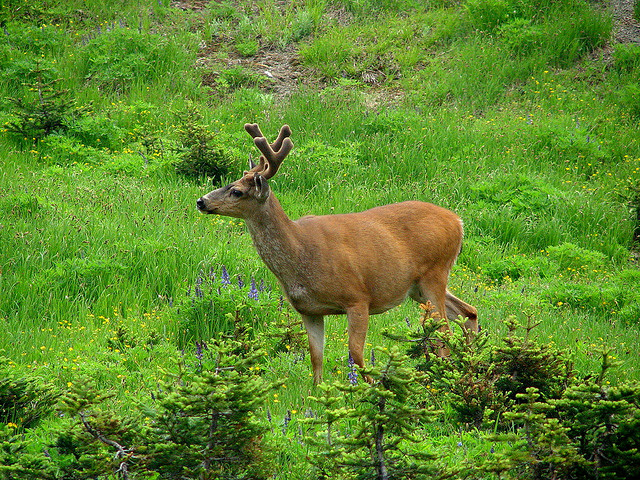
-
A leen blacktail deer seeks shade
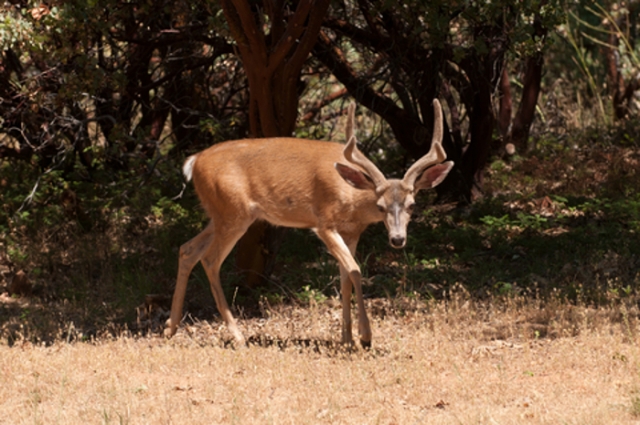
-
Deer in Brownfield, Texas
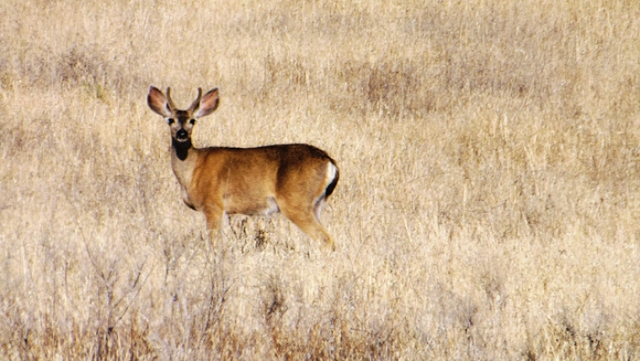
-
Deer in the rain
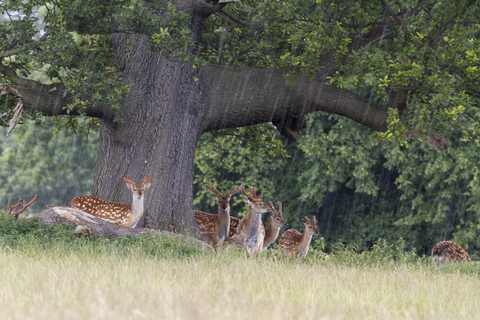
-
Red deer with beautiful antlers
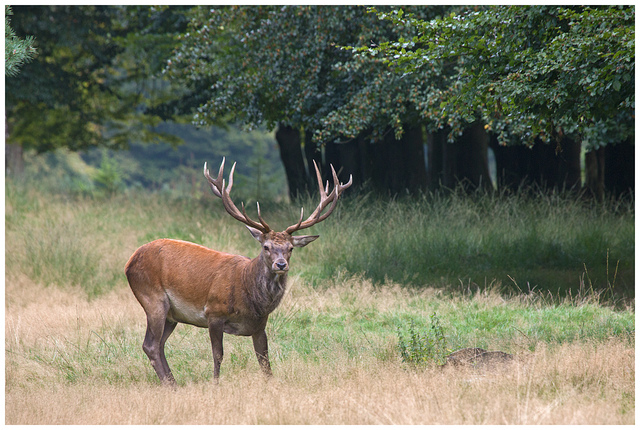
-
Red deer on a hillside
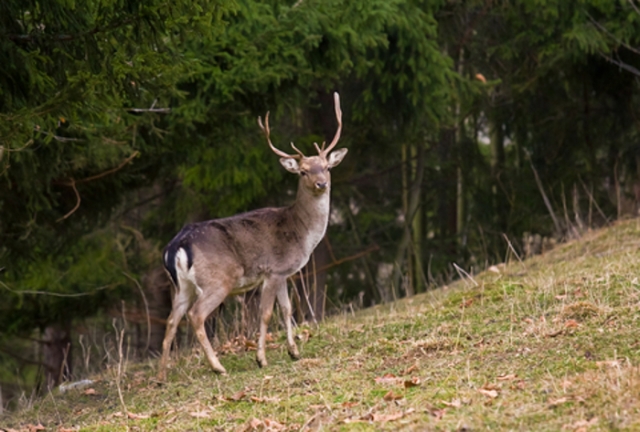
-
Jump! Let's go!
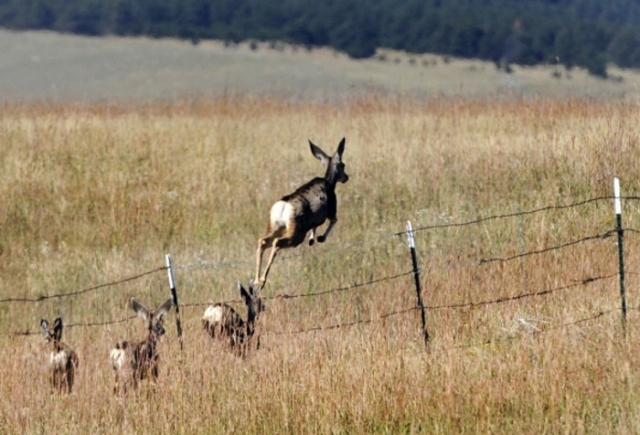
x-default
